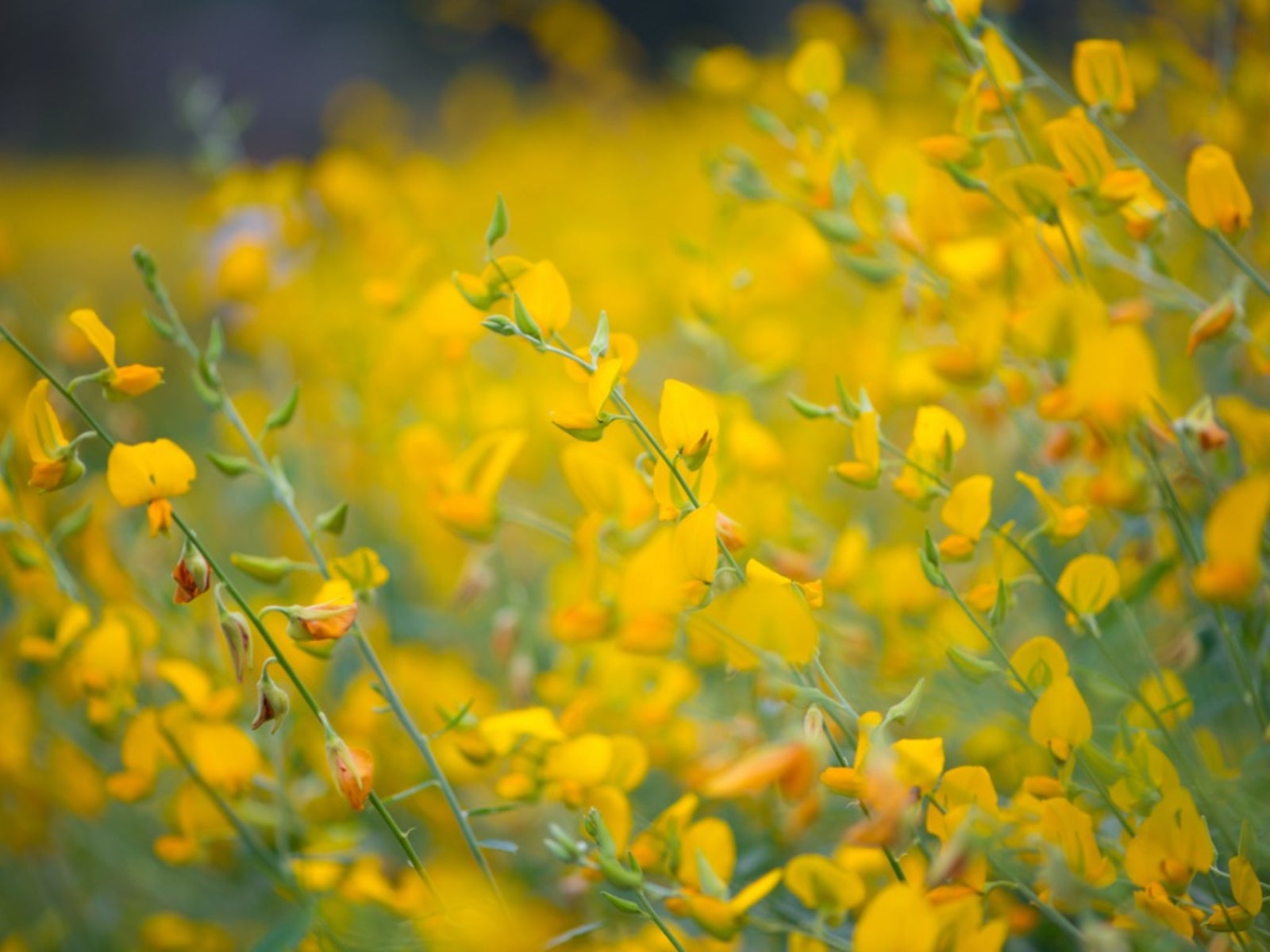Sunn Hemp Plant Info – Learn Sunn Hemp Uses And Care


Sunn hemp grass is a warm weather grass that thrives in poor soil. It provides many benefits when used as a cover crop. The member of the legume family displays bright green leaves and yellow blooms that soon turn into brownish pods. Although Sunn hemp cover crop is fairly new to North America, it has been grown in India for centuries. Read on to learn more about Sunn hemp uses, with helpful tips on growing Sunn hemp as a cover crop.
Sunn Hemp Plant Information: Sunn Hemp Uses
Sunn hemp is a tropical or subtropical plant that requires warm weather for at least 8 to 12 weeks. It is a perennial in Hawaii, southern Florida, and southern Texas but can be grown as a summer crop in most areas of North America. When planted as a cover crop (sometimes known as “green manure”) it provides nitrogen, builds organic matter, improves soil health, reduces erosion, and conserves water.
Sunn hemp grass adapts to nearly any soil type, including sand. This is a rapidly growing plant that develops a sturdy root system and reaches heights of six feet (2 m.) very quickly in warm climates. Don’t confuse Sunn hemp with industrial hemp. The two plants serve very different purposes. Unfortunately, it may be difficult to locate Sunn hemp seeds.
Sunn Hemp Cover Crop: Tips on Growing Sunn Hemp
Cultivate the soil well, then plant seeds ½ to 1 inch (1.25-2.5 cm.) deep. Water Sunn hemp grass whenever the soil is dry. Although Sunn hemp is drought tolerant, it performs best with at least an inch (2.5 cm.) of moisture every week. Till the plants back into the soil before the next planting season.
Sunn Hemp Plant Info: Is Sunn Hemp Grass Invasive?
Sunn hemp grass can become weedy and aggressive in certain climates. Check with your local cooperative extension office before planting.
Sign up for the Gardening Know How newsletter today and receive a free copy of our e-book "How to Grow Delicious Tomatoes".

A Credentialed Garden Writer, Mary H. Dyer was with Gardening Know How in the very beginning, publishing articles as early as 2007.